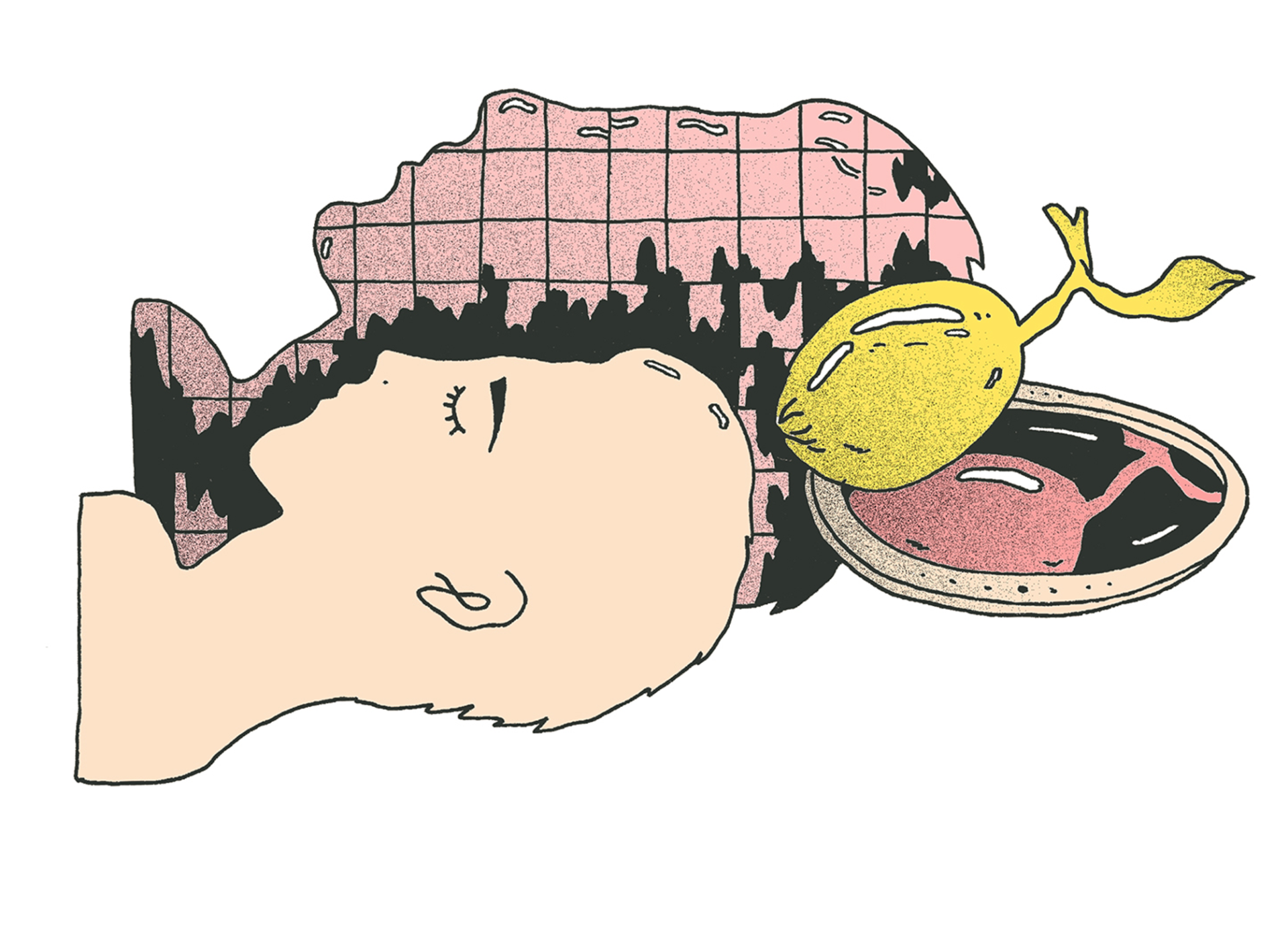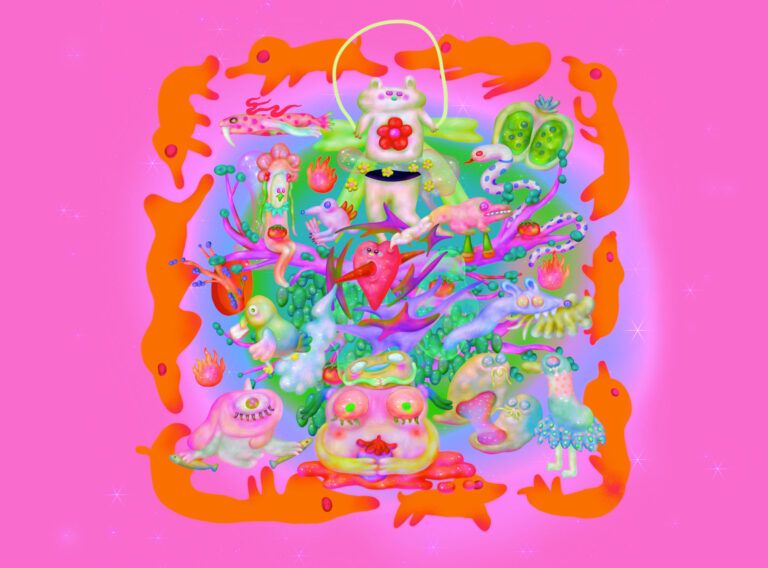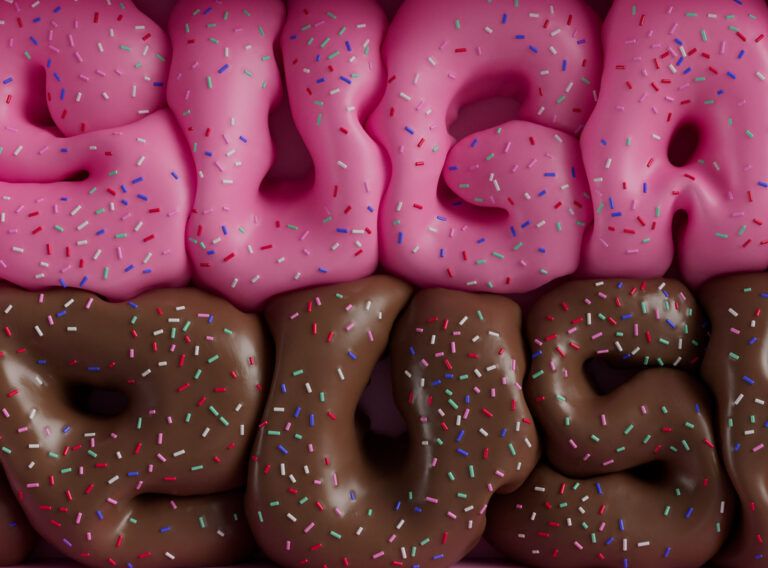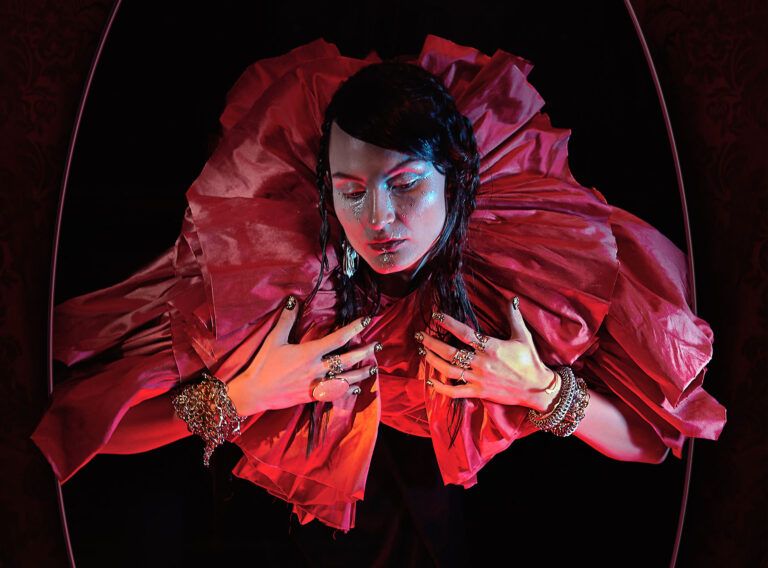As much as I feel distanced from all the materiality surrounding the “repurposing” topic and however I feel the claim I want to make might seem self-conscious, writing is also a form of repurposing, although one much less tangible but perhaps similarly visceral.
When thing A becomes the part of B, it’s not merely A inside B but is shifted, transformed. Becomes C. Writing is becoming. It might seem it’s about drawing on whichever inputs you enter an empty document with, combining them, maybe restructuring them a little, ending up with a neatly-tied story. Maybe quotation norms are to blame but this is never the case, not with ideas, not with experiences, not with pieces of the self – which is the genre on the verge of which I try to drift with my own texts.
Writing is the repurposing of the self.
McKenzie Wark quoting Serge Doubrovsky (in Reverse Cowgirl): “As soon as I write myself, I invent myself.”
Earlier in therapy, I told my therapist: maybe I write to feel. As if the emotional undercurrents of my experiences, of every breakup, of every sex, of every anxious episode during late-night drunkedness only emerged from within the blank page of the “distraction-free” text processor I use. Writing is rewriting of the self, stuck in an endless loop or writing to understand yourself (often through others – that’s what footnotes are for), only to find this understanding forever deferred, resulting in even more paragraphs.
Sometimes, I imagine my writing as a building-block game. Tetris with just occasionally disappearing shapes, a lot of empty spaces, voids to be filled by whatever the reader brings in. Those blocks might be my memories, my life’s events but they often are other texts I draw upon. Paraphrase with me: there is no book, only an endless chain of significations, the whole history of language condensed in whatever I’m writing now and you’re right now reading.
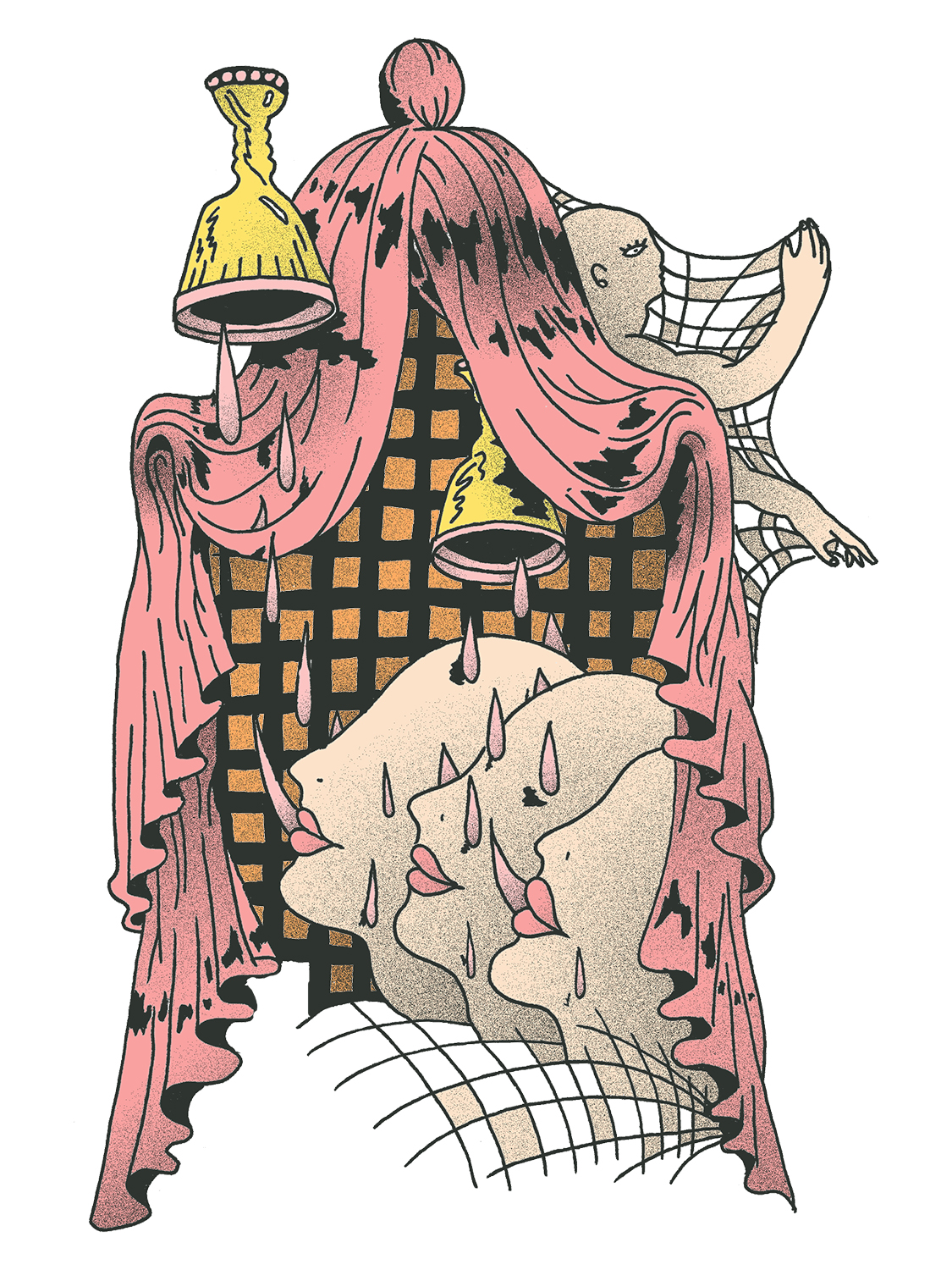
Writing seems all too much a social performance. Swap letters for cultural signs, remove words and replace them with whichever meanings those have, in place of sentences enter whole subcultures, interpretations embedded within Coachella-branded jewelry at H&M, the hand-screen-printed T-shirt I’m wearing, my chipping nail polish, designer face mask the girl in the next row (I’m on the bus) is wearing.
Me quoting McKenzie Wark (Reverse Cowgirl, again): “The I simulates itself. (…) Story is a ruse of memory.”
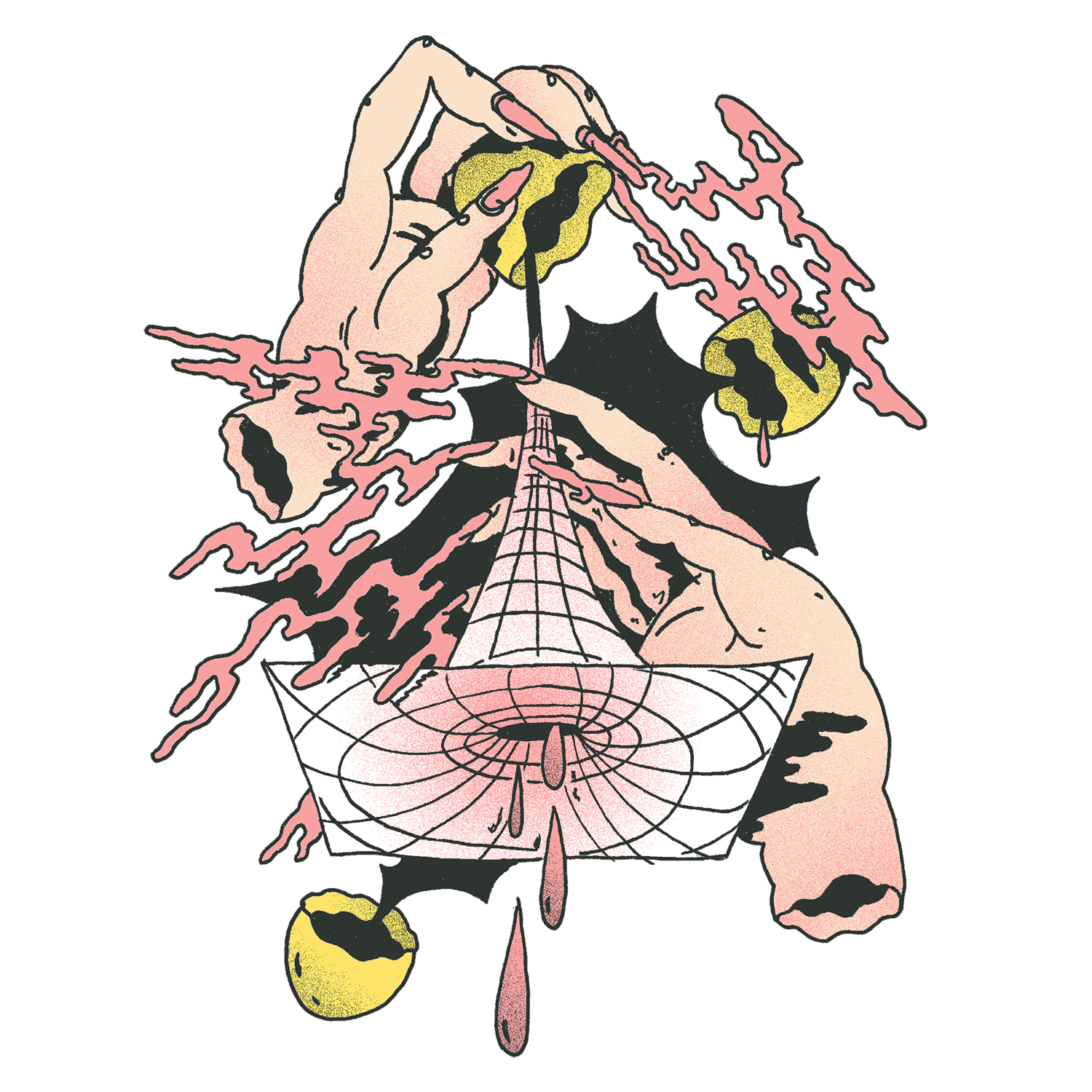
Writing is a social practice. Quoting Butler seems oddly similar to wearing a nail polish as an assumed male, dropping Foucault might be akin to wishing to be fisted later. In some future reading, I might be talking about the euphoria I felt when looking at beautiful fabrics in the Design Museum and whichever gender-transgress the audience might feel I may invoke later when wearing my black dress.
As with any repurposing, there’s a blurred (how much depends on your personal politics) line between honest borrowing and tactless extraction. It might look like an issue of ethics at first but the more I think about it and practice it, the more I think it’s much more about the self. When I invoke queer theorists, when I combine their texts with mine, when I upvote every reddit post on /r/transgender, when I stop for a second after clicking “interested” in a queer event, I am treading lightly.
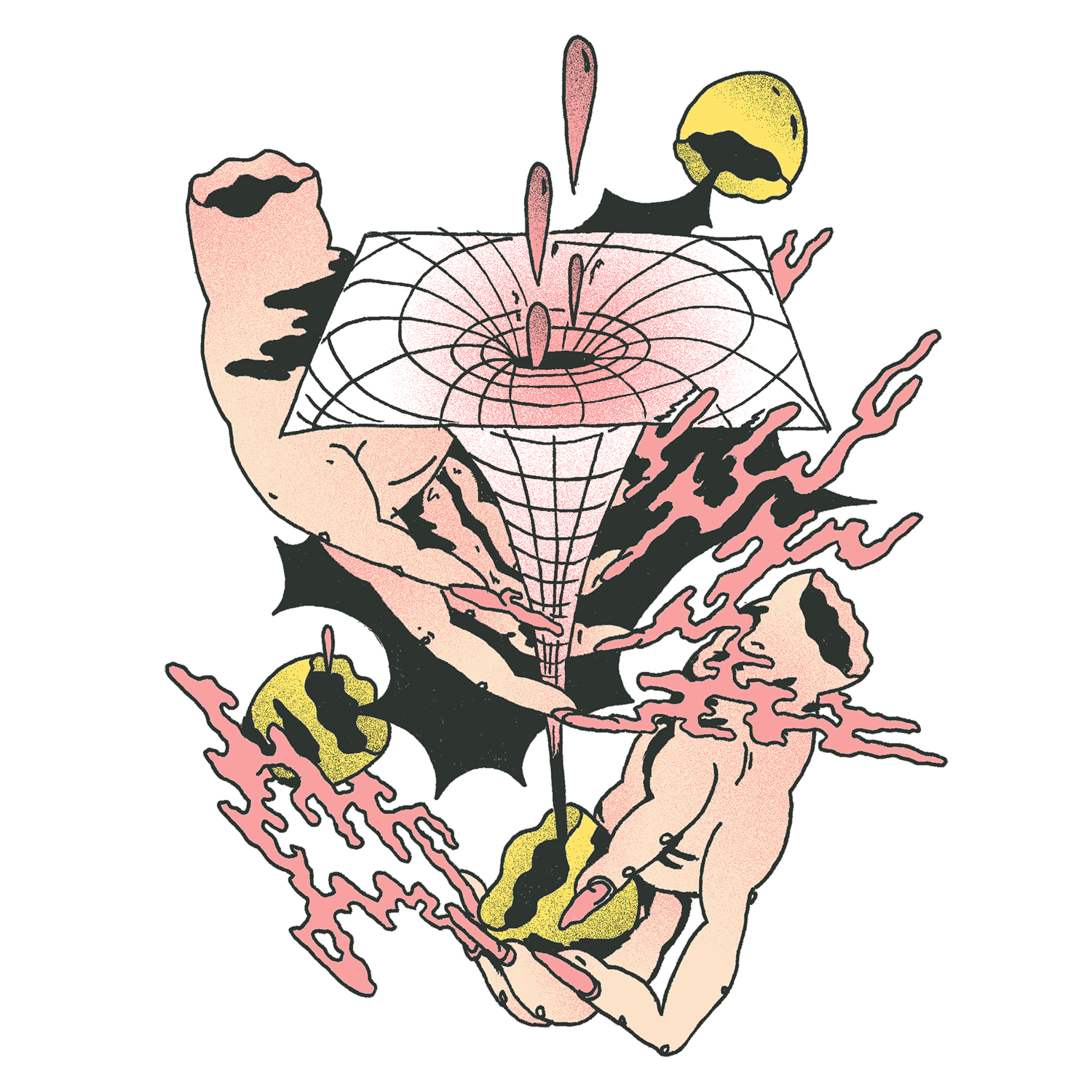
Some people asked me if I’m trans when I started putting makeup pictures on Instagram. Am I? And what about non-binary, agender, genderfluid? Discourse, language strikes back as the measure of how much I am able to repurpose myself. We’ve come full circle.
Maggie Nelson quoting Deleuze and Parnet in The Argonauts: “What other reason is there for writing than to be a traitor to one’s own reign, traitor to one’s own sex, to one’s class, to one’s majority? And to be a traitor to writing.”
Writing is destroying yourself and emerging anew.
I find a book most compelling when you can sense that the author is taking the plunge as well. I’m not interested in half-sincere memoirs, in using literature to capture memories, because it is both boring and untrue. Literature creates memories as well as pictures and every other media does. Every time we take an Instagram photo, it’s reshaped according to the invisible rules of the Instagram genre. The same with writing. Maggie Nelson, Anne Boyer, McKenzie Wark know this very well and their books feel like adventure experienced on both ends.
Anne Boyer in The Undying, at the end: “If this book had to exist, I wanted it to be a minor form of reparative magic, for it to expropriate the force of literature away from literature.”
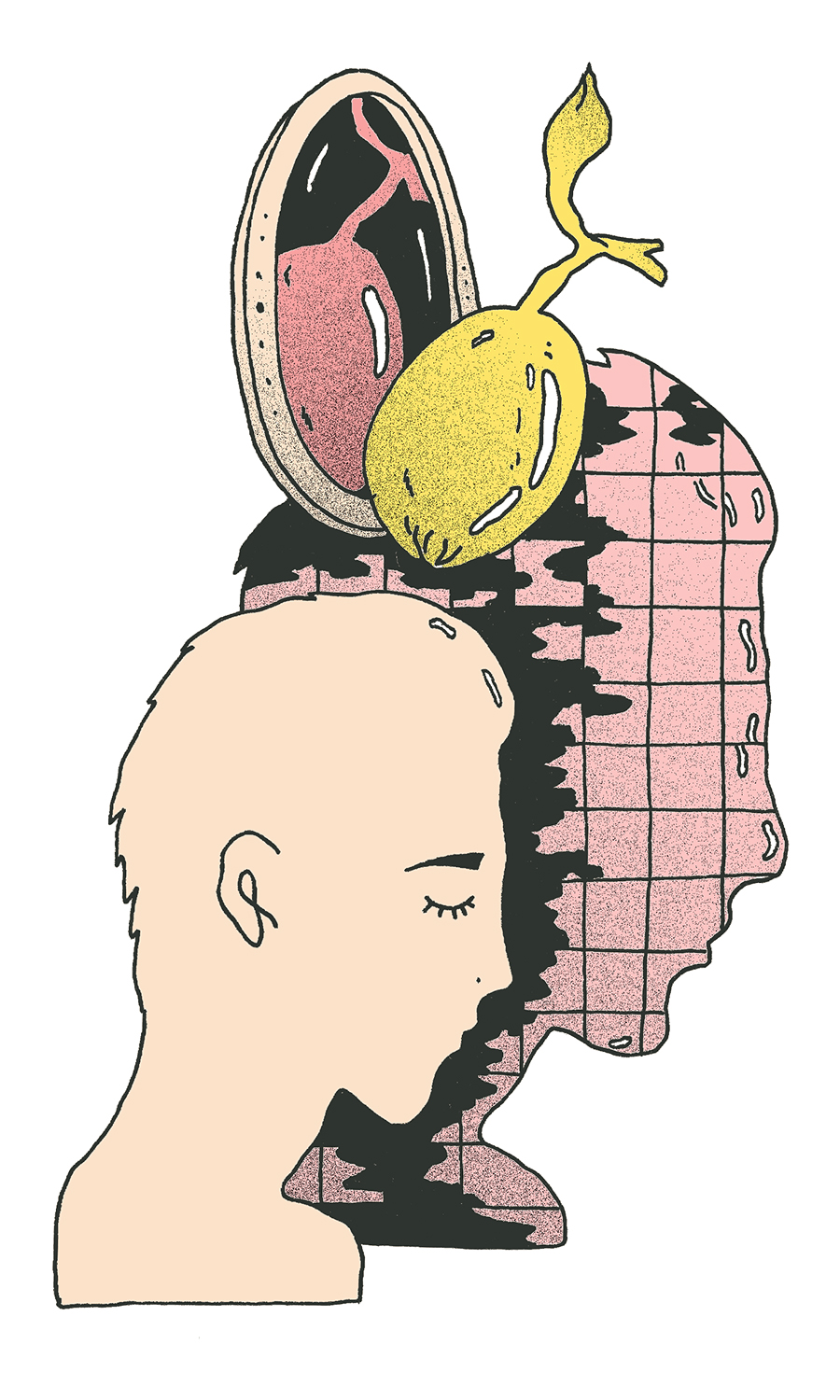
My self trembles and my soul itches and gets remade thousand times every day. Every word, every new T-shirt each morning, every sticker sent before and after evening drinks, every part of performances pierces me in self-locked gear of becoming. It’s inescapable. The only thing left is to write or create art, in (often vain) attempt to direct this self-re-assembling, to peek inside the circuitry that entails our flesh, our bones, our neurology, our sex, our gender and every other possible thing that can and will be turned into a piece of self-referential spectacle.
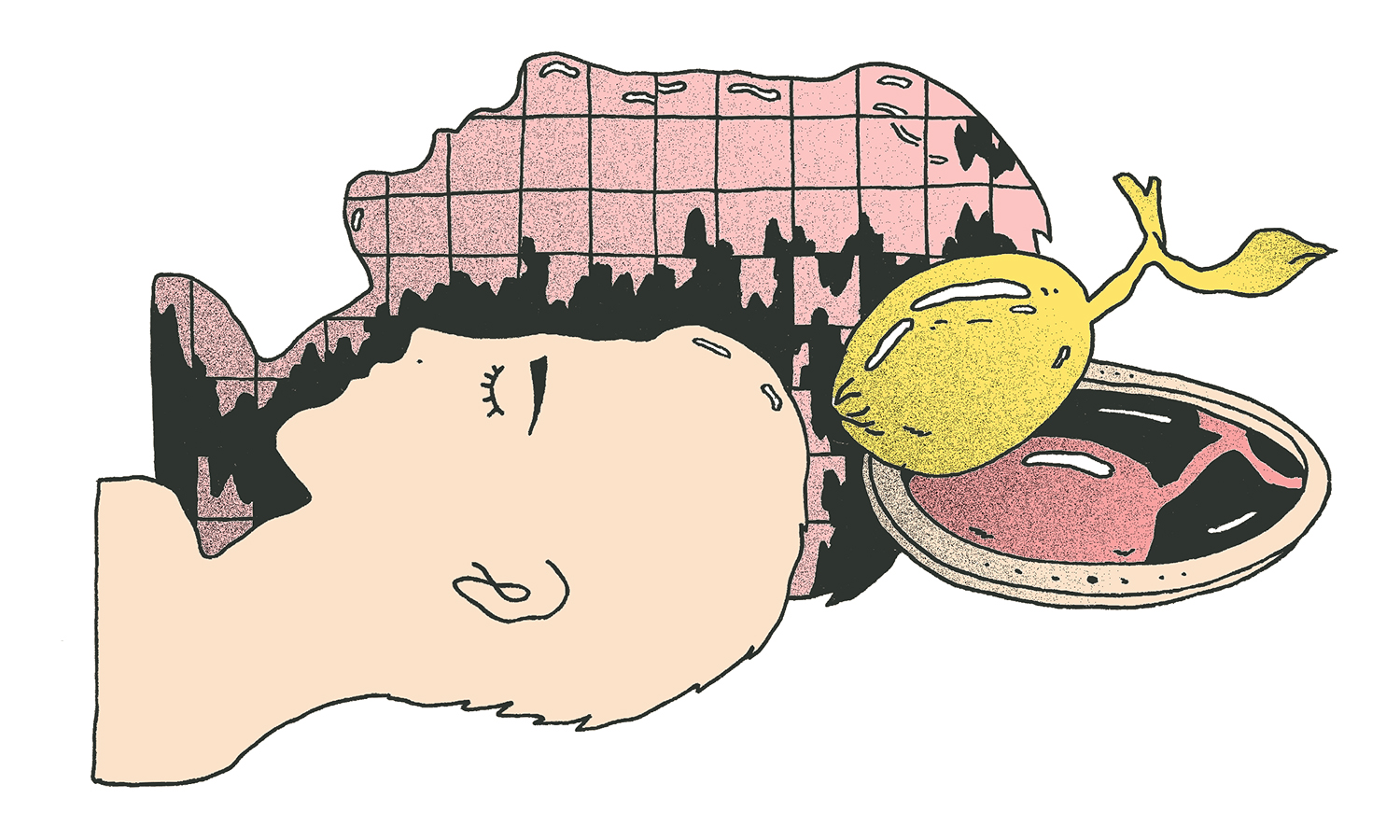
ABOUT AUTHORS
Ondřej Trhoň (1993) is a cultural journalist who also publishes the Dýpt magazine, balancing on the edge of theory and art. He publishes essays, interviews or translations, and his other mediums are photographs and drawings. On a long-term basis, he’s been collaborating with Radio Wave, cinema monthly zine Cinepur, the magazines A2, Revue Prostor and others.
http://www.ondrejtrhon.cz/dypt/
Nikolas Petrlik @nikpetrlik is a Czech illustrator and tattoo artist residing in Prague.
